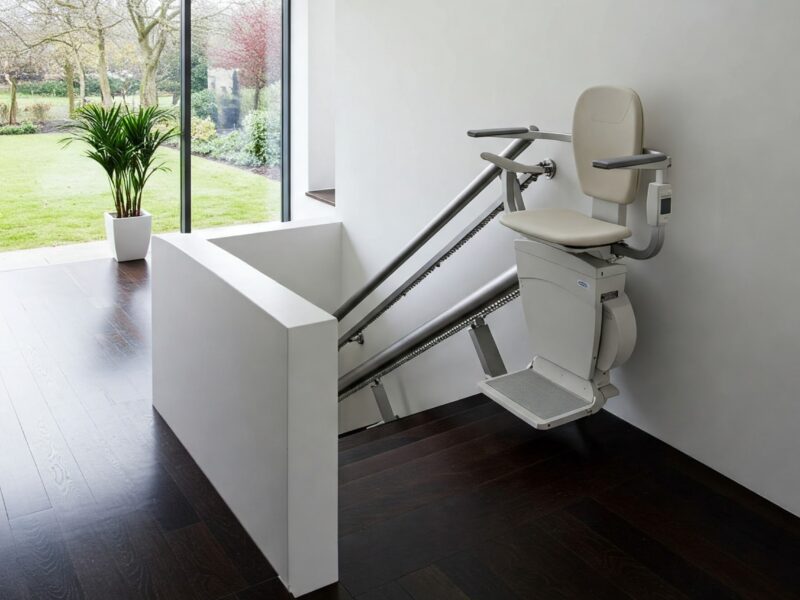For saving energy in the UK, the Standard Assessment Procedure (SAP) is very important. The government lets this method be used to check if private buildings follow the rules for saving energy. Every day, homeowners, landlords, and renters learn about SAP. It is also an important step to show that you are following the rules and helping a healthy future.
These days, SAP reviews are more important than ever because people want to reduce their energy and carbon footprint. They not only make sure that building rules are followed, but they also give you good tips on how to make your home more energy-efficient over time. A SAP estimate is the legal way to find out how well a building runs on energy. This works for both new homes and improvements to current houses. It also works for land that has been turned into something else. Property owners can make decisions that are good for their projects and the world if they know what it’s for and how it can help.
The Purpose Of The Standard Assessment Procedure
The main goal of the Standard Assessment Procedure is to give everyone in the UK a reliable and consistent way to find out how energy-efficient their homes are. It has a standard process that makes sure everything is fair and right, no matter if the property is being built from scratch or fixed up.
Lights, heating systems, insulation, and green energy sources are some of the important things that SAP looks at. When you add these up, you can easily see how energy-efficient a house is going to be. This is what builders need to do to follow the Building Regulations. As long as energy costs stay the same, people who buy homes will still feel safe in them.
There is now a single way to do everything, which not only makes following the rules easy but also helps the UK be more eco-friendly overall. The country has a useful tool that it can use to find and support better ways to build that are in line with long-term environmental goals.
Who Needs A SAP Calculation?
SAP reviews are needed sometimes, like when a private building is being built or changed a lot. In this case, SAP has to check out brand-new homes before they can be rented out or sold. When you add on to or change something, like turning a business building into flats, you usually need to get it checked to make sure it meets energy efficiency standards.
Early on in the project, setting up a SAP review helps developers make sure that any changes to the plan can be made before the building process goes too far. The results also help people who own their own homes and are planning big fixes because they show them what changes they can make to save energy. People who rent their homes are having them inspected more and more often to make sure they meet the legal minimum standards for energy economy.
Basically, a SAP estimate is something that everyone who is building a house or making big changes to an existing one will need to do. It’s not just something that needs to be done; it can also help people make better, more eco-friendly decisions.
Benefits Beyond Compliance
A lot of the time, people take SAP tests because they have to, but there are many more reasons why they should. Buyers and renters are more likely to be interested in a house with a good SAP grade because they value energy-efficient homes more and more. This can then make the house more valuable and simpler to sell.
The knowledge can also help business owners lower their long-term costs of doing business. It is possible to save real money with SAP tests because they show where energy economy can be improved. For example, better insulation or heating systems that use less energy can be added. These changes will not only save money on energy costs over time, but they will also help the earth.
That’s why something that starts out as the law is often good for long-term investment and being a responsible property owner.
The Role Of Energy Efficiency In Today’s Market
Because energy economy is growing, the UK building market is changing. Now, buyers and renters care about more than just style or location. They also want to know that the houses they choose will be green and cheap to run.
Right now, SAP tests meet this need. They give renters and owners peace of mind by giving them a government-backed open score. It is the right thing to do to spend money on building methods that use less energy. It is also a way for builders and renters to stay competitive in a market that is always changing.
Homes with higher scores are often thought to be better deals. People now buy homes based on how energy efficient they are. There are rules that people don’t always want to follow. These tests make sure that both law and personal needs are met.
Supporting Sustainability Goals
One great thing about SAP numbers is that they match up with goals that governments all over the world have set for the climate. These are some of the big plans the UK has to cut down on carbon pollution. They will build a lot of new houses.
The amount of carbon and energy used by each object is used to rate it by SAP. This makes property owners responsible and forces them to build in a green way. It can really help the country become more eco-friendly if a lot of building methods that are in line with SAP are used over time.
Everyone can live in a cleaner way thanks to SAP scores, which encourage the use of clean energy, better insulation, and heating systems that use less power. Saving energy is not only a good thing to do for yourself, but also a task for everyone.
Choosing Professional SAP Assessors
The skill of the person making the guess affects how correct the SAP is. Professional SAP testers follow government rules very carefully and use special tools to make sure the results are correct. When people hire an experienced inspector, they get information that can help them plan their projects and make changes that will help them.
Not only that, but a professional tester will also give you the details you need and make the outcomes clear. They will also help you get better grades if you need it. You don’t have to spend a lot of money to make changes that are legal and good for the earth. Finally, hiring the right professional will make sure everything goes well, is done right, and helps you in the long run.
Conclusion
This is the Standard Assessment Procedure. This is the norm, and it’s also a good way to find out how energy-efficient UK homes are and make them better. People who rent, own, or trade in real estate may get useful information from SAP that goes beyond what the law demands. People can save money, help the environment, and raise the value of their homes now that they know these things. These standards must be met if you want to stay competitive and do well in the domestic market, where saving energy is becoming more and more important. It might be better in the future if people who own land listen to experts and do what they say. You and everyone else will do better if you get SAP.


